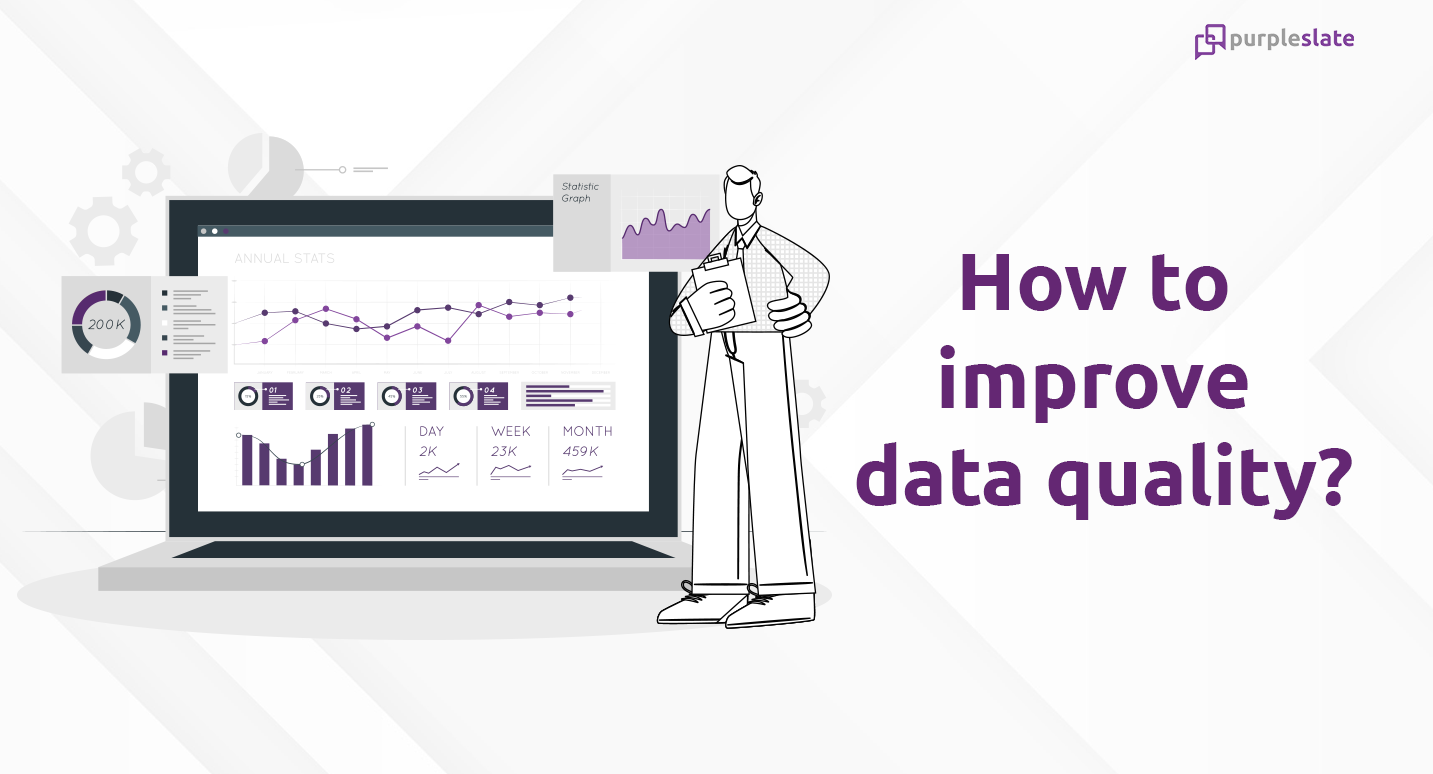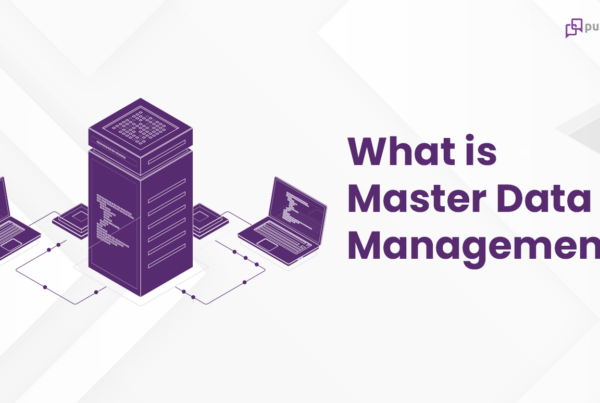
Introduction
In today’s world, organizations are racing to become data-driven entities. In this most admirable state, quality data helps improve their performance and data-driven decision-making and gives them a competitive edge in the market. With world connectedness, a significant amount of data is generated. Therefore, you need to identify, utilize, and effectively manage information to improve efficiency in the organization.
10 Ways to Improve Data Quality
Reports from Gartner show organizations incur an average cost of $12.9 million annually due to poor data quality. Besides the direct effect on revenue, poor data quality may lead to data ecosystem complexities impacting negatively on decision making. Therefore, improving data quality is essential as it offers insights into the organization’s performance; you will be able to identify areas to make improvements.
So, how will you improve data quality for your organization? Here are the most beneficial tips that may come in handy:
1. Identify business needs and impacts
Data quality improvements are often driven by your business’s needs. You may opt to prioritize data quality problems based on your organization’s needs and their long-term effects on the organization. Assessing business impacts will help you define your goals and keep track of your data quality improvement progress. Continually referencing your organizational needs will go a long way to refining your data quality approaches.
2. Have a clear understanding of your data
You require the right data to achieve better outcomes. Your data is not always equal. In that case, you must understand your data and know if it perfectly suits your needs. The key areas you need to understand are where the data emanates, what it represents, and how you can maximize its value.
Generally, you need to have data intelligence; capabilities to understand and use data correctly. Correct data description and connection in all the processes is the most practical approach to data quality improvement.
3. Handle data quality issues from the source
In most cases, we tend to temporarily fix data quality issues and continue with the job. For instance, you are a data scientist and realize there is missing information in a particular data set. The higher chances are that you will fix errors in your copy and continue analyzing the data. Most likely, the rectifications you made will not reach the data source. Therefore, the original data will definitely have quality problems impacting their use.
It is said that prevention is better than cure. You can enhance data quality by preventing the reproduction of insufficient data.
4. Normalize the data and utilize option sets
It is human nature to make mistakes during data entry, especially when dealing with varied data forms. Mostly, spelling mistakes are common among users. You might have written “baot” instead of “boat” and forgotten to rectify it. Adopting such values for analysis significantly impacts your data set’s quality.
Option sets or a defined value list are essential to avoid such mistakes. In some instances, normalization techniques and tools can help address inconsistencies and quality issues in your data.
5. Cultivate a data-driven culture
An organization with a data-driven culture is guided by particular sets of norms, behaviors, and values- essential aspects that promote effectiveness in data usage. All you need is for every person to identify their responsibility in data quality. Create a widely shared data quality definition, define metrics with specific quality, ensure progressive measurements of the identified metrics, and devise strategies for resolving errors.
You may also use data governance in standardizing data asset management and quality improvement. A sturdy data-driven organizational culture will motivate all individuals in your organization to take part in improving data quality.
6. Identify a data steward
To promote a data-driven culture, you may select a data steward for data quality management. A data steward will help analyze the current data quality condition, review process optimization, and implement the necessary tools. Also, they will be responsible for metadata management and data governance. With a data steward, you can ensure comprehensive supervision and clear accountability. This will help improve data quality in your organization.
7. Team empowerment using DataOps
Imagine the accomplishments you could achieve with detailed and accurate data sets in your organization. You must incorporate a data analytics function in your organization if it is not there. On the other hand, if the data analytics you are using is not giving you a competitive edge, you need to leverage the DataOps team and up your game.
DataOps automate human behaviors, which helps define, test, and remediate data quality issues. Team empowerment through DataOps is a strategic approach that helps improve data quality.
8. Put more effort into training and reminding
By promoting a data-driven culture, you will encourage the broad participation of all individuals in achieving data quality. However, it is crucial to have innovative ideas to encourage their contributions and interests. Consistent training in tool usage, metrics, and concepts will go a long way in reinforcing the benefits and needs of data quality.
You can often share success stories and quality issues as friendly reminders. Also, special scheduling training for your workers will effectively improve data quality in your entity.
9. Averting future data issues
Improving data quality also focuses on avoiding data errors in the future. The main idea is for you to identify and mediate the root cause of data problems. You might start by assessing whether it is possible to correct errors directly and if the culture of data quality is in place and perfectly defined measurement metrics. Also, you may confirm if the processes are automated or manual. Your selected data quality solution must promote quality data across the organization.
10. Inform teams on actions and results
Issues on data quality are not concerns for specific groups. You need to bring every individual in your organization on board. Informing them of the organization’s activities promotes interest and participation. Ensure they are informed about data quality issues, initiatives, possible causes, tests, and results. This will boost their active engagement, which will result in project improvements.
Conclusion
Data creation and usage are the most crucial moments in a data’s lifetime. Mitigating errors during data creation and handling quality problems at the source ensures quality during data usage. A clear understanding of the data and cultivating a data-driven culture significantly improve data quality during its processes.




